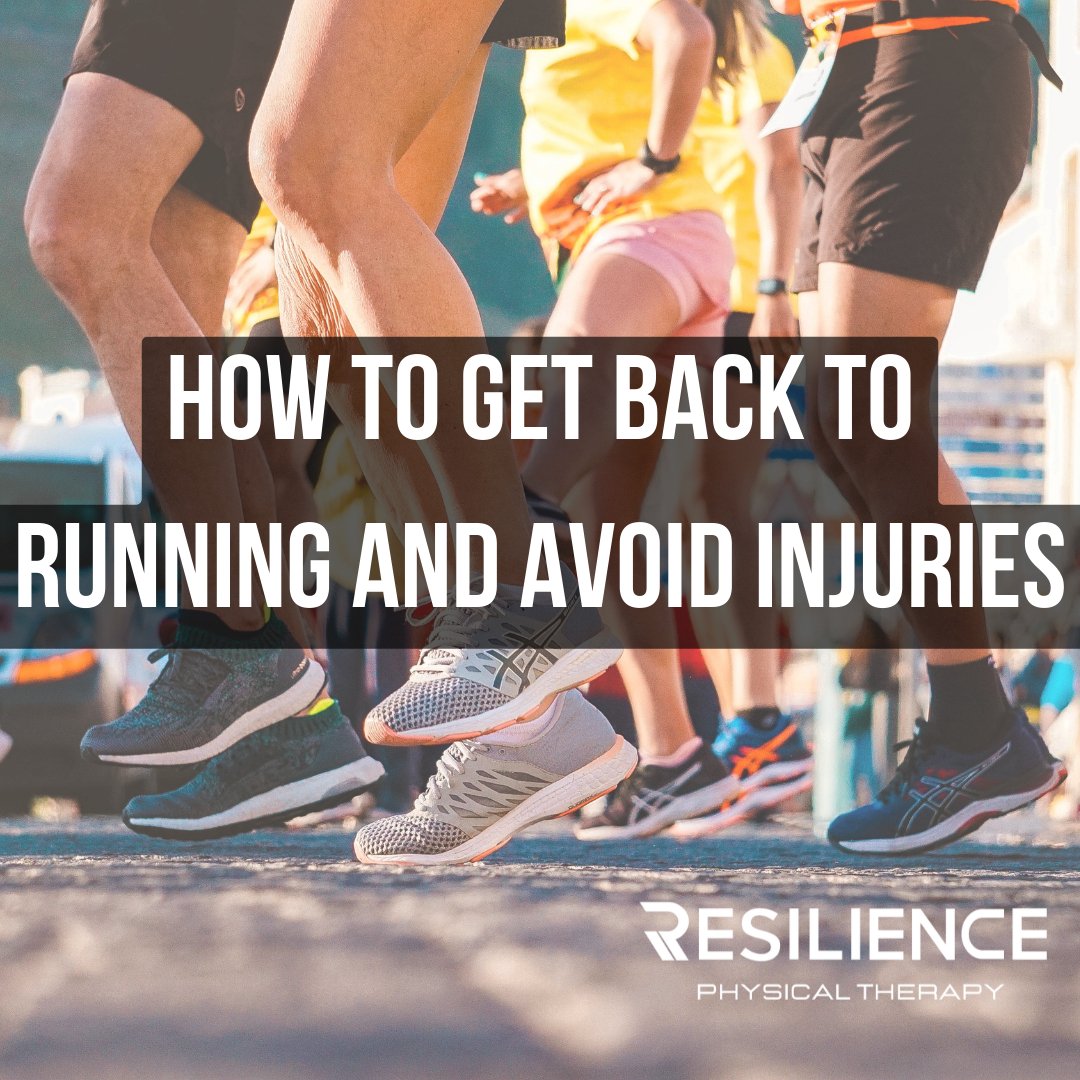Improve Your Running Mechanics: Big Toe Extension Mobility
Big toe extension mobility is often overlooked when talking about efficient running mechanics, why is this so important?
During the phases of running, proper push-off requires your big toe to extend at least 45 degrees which is crucial to set up for an efficient propulsion phase. This is also known as triple extension when the trail leg is in full hip, knee, and ankle extension.
When there is a lack of big toe extension mobility we can see a decrease in hip, knee, and ankle extension. This can cause your stride length to be shortened which leads to an insufficient propulsion phase. Being able to push off your big toe also tightens the band of tissues underneath your foot (plantar fascia) to create a spring mechanism that propels your leg forward with less energy.
Here are some exercises to help improve your big toe extension mobility:
1️⃣ Lunge with big toe extension stretch
🔸Shift your weight onto the big toe on the back leg
🔸You should feel a stretch on your toe and/or bottom of your foot.
🔸Perform 5 slow repetitions
2️⃣ Quadruped rock backs
🔸As you sit back onto your ankles focus on stretching your big toe
🔸Perform 5 slow repetitions
3️⃣ Heel raises with elevated big toe
🔸Place a towel roll under your big toe right before the ball of your feet
🔸Focus your pressure on the big toe while pushing up
🔸Perform 3 sets of 15
If you are currently dealing with and injury, we can help!
How to Prevent Running Injuries
There is a high incidence of lower extremity running injuries occurring in recreational and competitive runners, the knee being the most predominantly injured joint. Some risk factors that can increase the probability of a running injury include long training distances per week and a history of previous injuries. So how can we help prevent injuries like this from happening and keeping us off the sideline?
We need to prepare our bodies to adapt to ground reaction forces during running. On longer runs (more than 3 miles), it’s important that we prevent the breakdown of running mechanics and improve running efficiency.
Here are some areas that can be addressed to improve your resilience to injury:
🔸Training plan modification to safely balance your weekly workload
🔸Muscle strength and joint mobility deficits to improve load absorption
🔸Modifying running form and technique to improve energy efficiency
🔸Proper recovery and nutrition to prevent burnout
_
van Gent RN, Siem D, van Middelkoop M, van Os AG, Bierma-Zeinstra SM, Koes BW. Incidence and determinants of lower extremity running injuries in long distance runners: a systematic review. Br J Sports Med. 2007;41(8):469-480. doi:10.1136/bjsm.2006.033548
Arnold, Michael & Moody, Aaron. (2018). Common Running Injuries: Evaluation and Management. American family physician. 97. 510-516.





